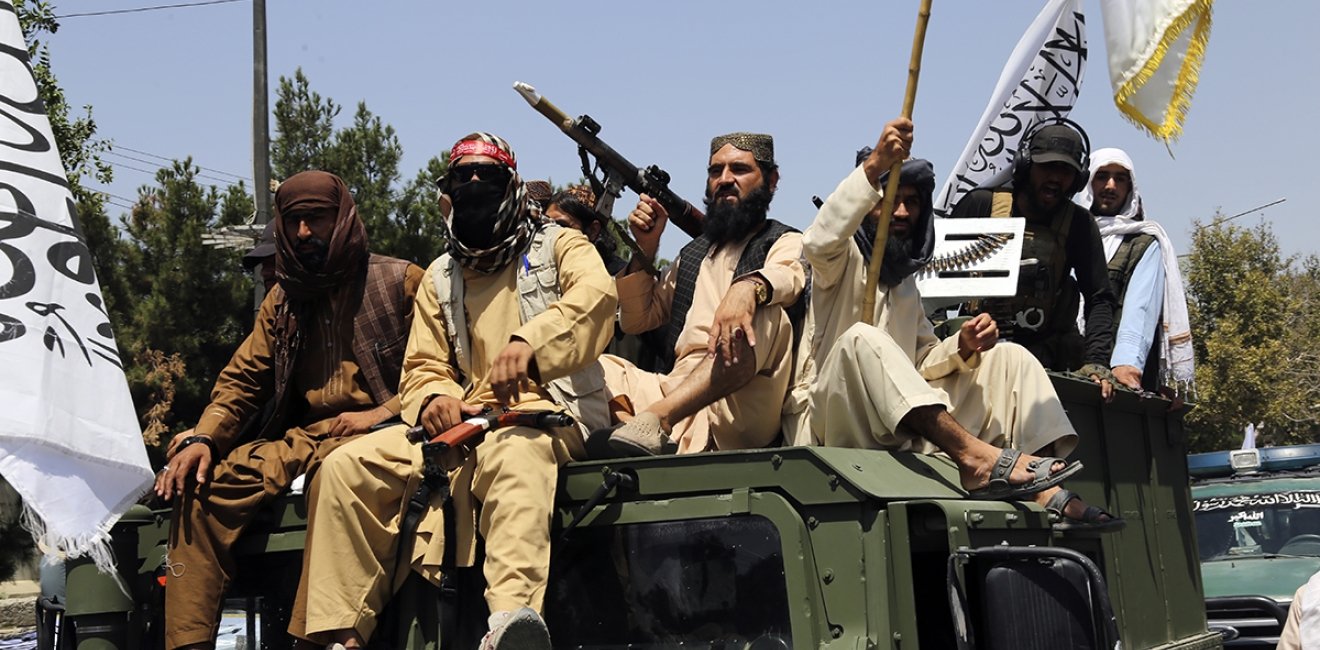
A blog of the Wilson Center
Three years ago this month, American forces swiftly pulled out of Afghanistan. Now more than a quarter of Afghans don’t know where their next meal is coming from.
In the first quarter of 2021, approximately 11 million Afghans were facing “acute food insecurity,” a term used when an individual’s life or livelihood is in danger due to the inaccessibility of nutritious food. This actually reflected progress from the preceding years when the country was hit hard by both the COVID-19 pandemic and a series of droughts. The congressionally-chartered Afghanistan Study Group (which I was a part of) documented how daily life for the Afghan people was improving in a number of ways. Life expectancy increased from 56 to 64 years. Maternal deaths were reduced by more than half. Child marriage declined by 17%, girls’ enrollment in primary school nearly doubled, and women were a growing presence in Afghanistan’s colleges, parliament, and diplomatic corps.
However, it wasn’t long after the American withdrawal in August 2021 and subsequent Taliban takeover that the country’s economy went into a tailspin. Hunger rates quickly rose to record levels. Between September and October of 2021, nearly 19 million people faced acute food insecurity and 6.8 million people experienced that at “emergency levels.” By the spring of 2022 (March to May), 20 million people, or half of the country’s population, were considered by the United Nations to be in “acute need” of food.
As the world marks the third anniversary of the American withdrawal, it’s clear that life in Afghanistan has improved little since the economic upheavals of 2021. There have been marginal improvements in food security, however 14.2 million Afghans still suffer from acute food shortages and 2.9 million are facing emergency levels of malnutrition and disease due to lack of sustenance. Approximately one in four Afghans don’t know where they will find their next meal. More than 20 million Afghans will likely need humanitarian assistance this year—more than half of them children.
Like other of today’s protracted humanitarian crises, what’s happening in Afghanistan is human-made and regime-driven. It’s occurring because of how the Taliban rules. As I’ve noted in previous Stubborn Things, the government in Kabul is especially brutal in its treatment of women and girls. The regime’s edicts have essentially torn women out of the fabric of daily life in the country, barring them from entering or continuing secondary school, from utilizing public parks, from traveling on airplanes without a close male relative, and even from accessing urgent health care. It has effectively prohibited Afghan women from serving in the government and banned them from working in humanitarian and development organizations like Save the Children, which was forced to completely pause their Afghanistan operations in 2023, then later resume their work on only a limited basis.
But the Taliban’s actions are not only profoundly anti-woman, they are also anti-Afghanistan: they have significantly contributed to the country’s economic plight. By some estimates, forcing women out of the country’s formal economy has cost Afghanistan up to $1 billion in gross domestic product. In the period before the Taliban takeover, more than 22% of Afghanistan’s total workforce consisted of women, and 20% of women-owned businesses were in food production and processing…inevitably making food insecurity and hunger much worse.
While the Taliban regime has been forceful in telling the world (especially Western countries) that its policies—including its treatment of women— are nobody’s business but its own, it’s still willing to appeal to the international community for humanitarian relief and assistance. And as is so often the case, the US has been the largest donor to the relief effort, providing approximately $2.1 billion in humanitarian funding since 2021. As of the third anniversary of the American withdrawal, US contributions make up 30% of the world’s overall humanitarian support to the country. It’s also worth remembering that the US is playing a major part in the assistance going to help Afghan refugees who have been driven to flee because of the Taliban’s brutal policies. In 2023, one in six of all refugees under the UN Refugee Agency’s mandate, or just over 6.4 million people, are from Afghanistan.
When the last US military planes left Kabul airport at 11:59 pm on August 30, 2021, there were some in Washington who likely breathed a sigh of relief. They sincerely believed that America would finally be able to turn the page on an unpleasant chapter in our history. But that hasn’t proven to be true—not by a longshot. In addition to the lingering memory of the tragic loss of 13 American lives during the withdrawal itself, the world is witnessing the terrible suffering of so many Afghan men, women, and girls. And because we are a humane and moral nation, we are still writing checks for billions in humanitarian relief and assistance.
Our troops may have left, but the costs continue.
This blog was researched and drafted with assistance from Camilla Reitherman.
Author


Indo-Pacific Program
The Indo-Pacific Program promotes policy debate and intellectual discussions on US interests in the Asia-Pacific as well as political, economic, security, and social issues relating to the world’s most populous and economically dynamic region. Read more

Explore More in Stubborn Things
Browse Stubborn Things
Spying on Poachers

China and the Chocolate Factory

India: Economic Growth, Environmental Realities



